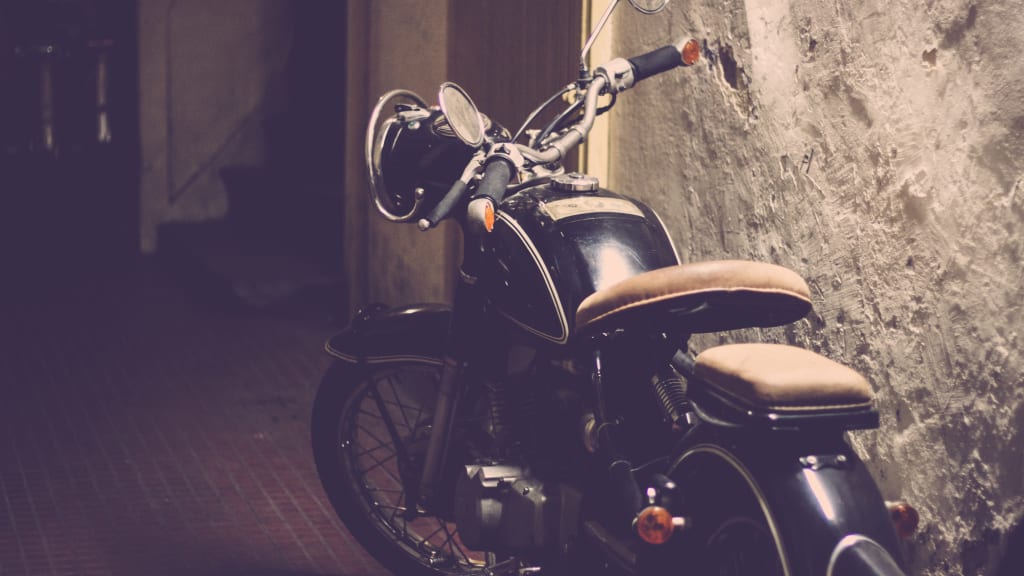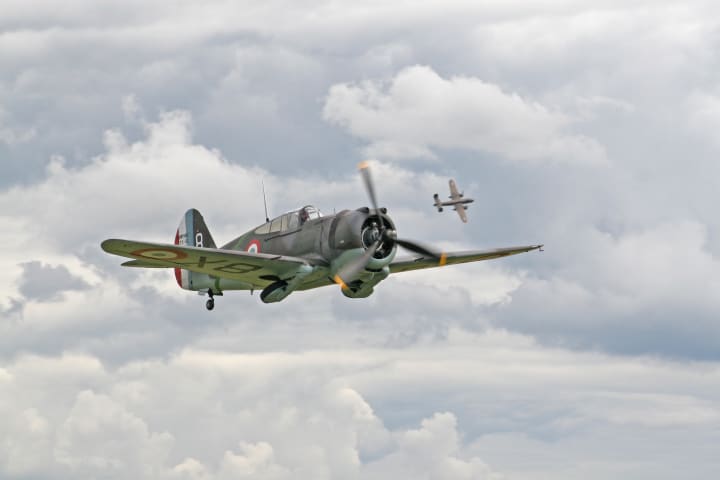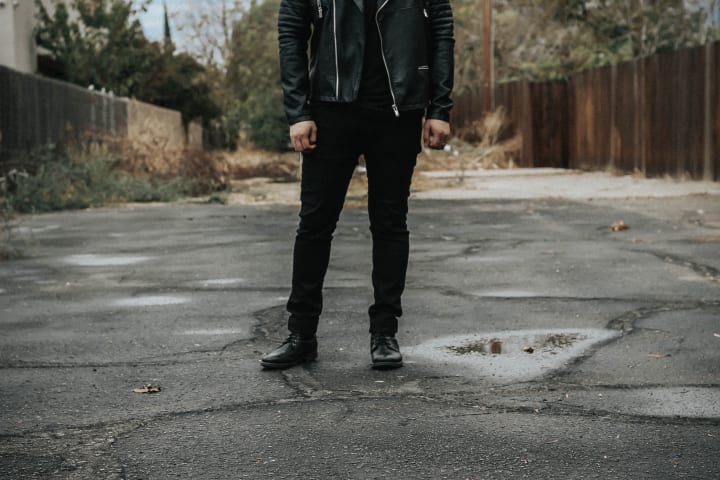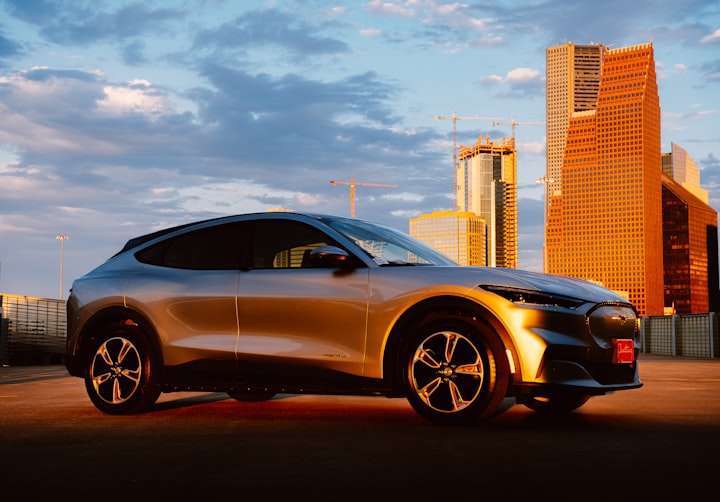What Is Bosozoku?
Here are the basic facts you need to know if you've ever wondered "what is bosozoku?"

Bosozoku, more properly bōsōzoku, most properly 暴走族, may not be a word you are particularly familiar with. In fact, you may not have even ever heard this term before now. Literally speaking, the Japanese word "bosozoku" translates as "running-out-of-control tribe" or "violent speed tribe." Beyond the literal meaning of the word, it can be hard to produce a definitive answer to the question "what is bosozoku?" Bosozoku refers to a Japanese youth subculture that is partly a loosely-knit motorcycle gang, partly an unorganized crime syndicate, partly an ideological counterculture movement, and partly a fashion style. Ultimately the best way to understand exactly what the bosozoku is, was, and will be is to trace its development from its post-WWII origins, through its peak in 1982, and finally to its declining status in the 21st century.
So... what is bosozoku?

Photo by Anders Jacobsen on Unsplash
If you are not familiar with Japanese culture, this description is likely still leaving you thinking to yourself "but really, what is bosozoku?" So let me paint it for you using some western analogies. Think of American motorcycle gangs: a Hell's Angel with a Japanese motorcycle. But traditional bosozoku are generally younger and more fashion conscious, like a Mod from 1960s London. But instead of clean-cut looks and tailored slim-fit suits, bosozoku style prefers pompadours and leather jackets more like a greaser from the United States in the 1950s. But while stereotypical greasers love to work on their hot rods, the bosozoku build their collective identity around their motorcycles, like... American motorcycle gangs. Western culture has influenced Japan in many ways.
So really, there has never been anything quite like the bosozoku anywhere in the western world, as they only share a couple characteristics with each of these western movements. But when it all comes down to it, the bosozoku is a youth subculture just like any other: it provides an outlet for young adults seeking to rebel. The bosozoku stand out as a particularly violent group, wreaking havoc with exhaust pipes modified to be extra loud and damaging property with baseball bats and whatever else they can get their hands on. Make no mistake: bosozoku are criminals.
Origins

Photo by Andrew Palmer on Unsplash
Like most subcultures, the specific elements that make up the bosozoku's identity is a product of the larger culture that surrounds them as well as the era in which the subculture began to develop. For example, the bosozoku's vehicle of choice is a highly customized Japanese motorcycle. This goes along with the fact that bosozoku is specifically a youth subculture, and members older than twenty are quite rare. This is because by twenty, you can drive cars in Japan. Teenagers, especially the 16-20 bracket that makes up the majority of bosozoku, are generally only (legally) allowed to drive scooters and motorcycles. They probably mostly rode the best beginner motorcycles. This is, of course, a simplified version, but it helps to answer one of many "but why?" questions that can be hard to pin down.
As far as style, one the bosozoku's biggest influences was the American greaser. American films such as Rebel Without a Cause made their way across the Pacific to inspire Japanese youth just as they had young Americans (the two subcultures developed around the same time). The American greaser culture collided with post-WWII Japan, where returning kamikaze pilots and other veterans had trouble readjusting to peaceful life. These social traits coincided with a massive expansion of the auto industry, creating a perfect storm for the rise of a new counterculture movement.
While later members, especially during bosozoku's peak in 1982, had little connection to the World War aftermath, the stylistic norms had been established. The bosozoku adopted common World War II imagery like the Japanese Imperial Flag as their own, decorating their leather jackets with patches featuring the Rising Sun Flag and often attaching the flag itself to their bikes as they rode through the streets of Japan's biggest metropolitan areas.
Where are they now?

Photo by Adrian Ordonez on Unsplash
If you were to go up to somebody today and ask them "what is bosozoku?" they probably won't have any idea what you're talking about, unless maybe they're from Japan and old enough to remember what Tokyo and the Aichi Prefecture were like in the eighties. This is because the bosozoku have almost completely faded from existence. The subculture reached its peak of over 40,000 members in the 1980s, but today, that number is dwindling in the low thousands. A number of factors may be to blame (or thank) for the culture's decreasing numbers. The fact that members leave the bosozoku at such a young age (again, members above the age of twenty are extremely uncommon) is certainly a factor.
Another factor is Japan's economy. In recent years, it has become more difficult for teenagers to afford fancy motorcycles with extravagant custom paint jobs and oversized fender flares. In fact, most of today's members hardly resemble the traditional bosozoku, riding cheap, unaltered scooters and eschewing the iconic bosozoku style tokko fuku outfits in favor of normal streetwear. Really, their only resemblance to the original bosozoku is that they commit petty crimes like vandalism and create public disturbances. The National Police Agency in Japan is also at least partly responsible for bosozoku's decline, having taken a stronger stance in recent years by placing heavier fines and punishments on bosozoku members. This began in earnest in 2004 with revised traffic laws that allow police to arrest bikers riding in groups.
Today, the only people carrying the bosozoku torch are former members who maintain the stylized clothing and motorcycles while generally avoiding criminal activity. These groups, however, go by a different name: kyushakai. The kyushakai maintain a love for maintaining their motorbikes and appreciating the counterculture aesthetic, but they fit these hobbies into their primary roles as productive members of society. Plus they might even use some of the most fuel-efficient motorcycles! If this trend continues, the question "what is bosozoku?" will soon become "what was bosozoku?" While you may feel a tinge of sadness at the notion of this subculture dying off, remember that bosozoku gangs are a menace, and have never really contributed anything positive to Japanese society or to the collective image of biker gangs in the world.
About the Creator
Joseph D. N. Kendrick
Writer of words. Haver of cats. joeykendrick.com






Comments
There are no comments for this story
Be the first to respond and start the conversation.